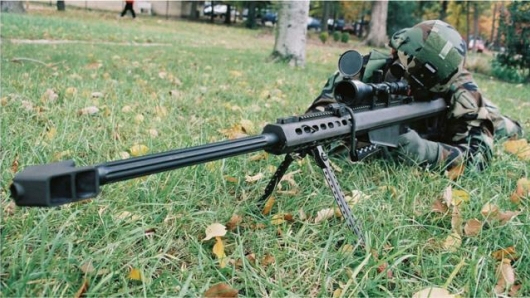Are you familiar with the “One shot, one kill” motto of the military snipers? In tactical war games, these characters work best for long range attack. In real life, they are also just like that—a very deadly and scary opponent.

So do you think that a sniper just can pull the trigger and the enemy’s dead? There’s more to it than you can ever imagine. A sniper has a lot of things to consider before he pulls his trigger. Bullets don’t take straight path towards the mark. It follows a trajectory so he has to consider the wind direction and speed; barometric pressure; temperature; lighting and mirage; movement of his target; and range. Tactical-wise, he must also know the best position to hide and lurk. With these variables to consider, a sniper then must have the “extraordinary” patience and skills in order to accomplish his mission. Aside from these, he must also know the value of partnership. For although games and movies often feature solitary figures for snipers, in reality they always work in pairs.
Usually, a sniper’s favorite rifle is M-21 or PSG-1. One must understand that in the hands of highly-skilled marksman, these two are deadliest even as the target is one mile away from the shooter. Rifles consist of fiberglass or other multiple stocks that prevent the effect of humidity within the receiver. Other rifle components can also affect to the overall performance of the sniper.

Additionally, most sniper rifles are bolt-action rifles. Meaning to say, they do load-fire-reload-firepattern for continuous shooting. Not all sniper rifles are bolt-action; some like the M-21 are semi-automatic.Prices for manufactured rifles range from $8,000 to $15,000.Since sniperswork very close with their rifles and areartists of their own field, they prefer to add their own personalized touch to their instrument.
